Thermally modified wood - thermally treated wood or Thermowood, as it is also called - is a wood treated by means of temperature to make it more resistant under certain conditions, especially in outdoor conditions, high humidity and aggressive atmospheric conditions. Using it for wood decking, exterior decking, pergolas and gazebos or exterior cladding makes them more durable, more resilient over time. About the process by which wood becomes more resistant to various external factors, the transformations that take place in wood, how modified wood can be used and other such information, in the following.
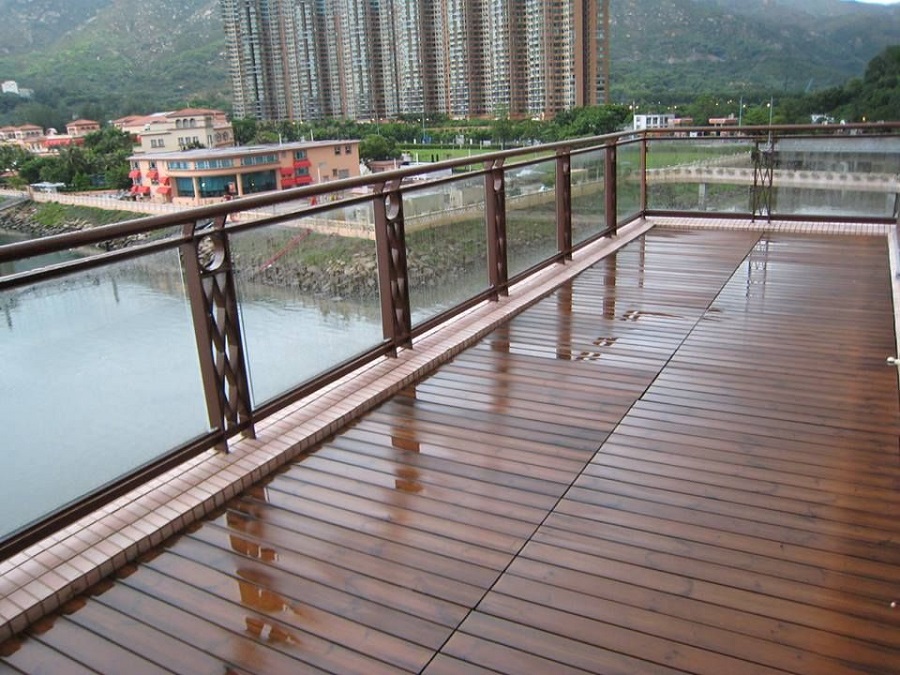
Why thermally modified wood
Because these modifications give the wood qualities that make it very suitable for use in conditions of high humidity, wide temperature variations, scorching sun and bad weather. Here are some of these qualities:
Dimensional stability. Following treatment, the wood becomes much more dimensionally stable, with dimensional changes due to moisture variation often being unnoticeable. Calculations show a decrease in changes by 50-90% compared to ordinary wood.
Resistant to outdoor conditions. Heat-treated wood can stand in rain, damp, snow or scorching sun without significant changes. According to EC standard EN 350-2, wood types are classified according to their resistance to the outside in 5 classes. The most suitable for outdoor use are class 1 and 2, the least suitable class 5. For example, tecul is in class 1, iroko in class 2 and birch and frasin from 5. With this treatment, class 5 wood can be upgraded to class 1 or 2.
High insulation properties. Following the thermal modification the heat transfer coefficient of wood decreases by 20-25%, becoming a much better insulator. This is why it is widely used in Scandinavian countries and the UK for cladding houses.
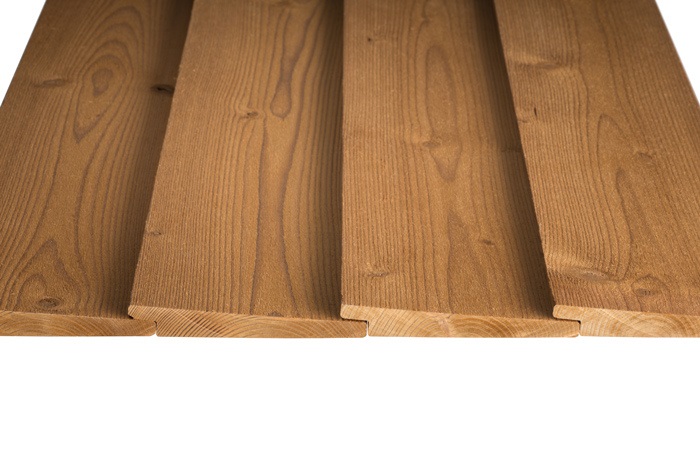
It behaves the same regardless of the area where it is used. The wood does not undergo changes regardless of the area of the house where it is used and regardless of whether it is used outdoors, in very hot or very cold areas, with high or very low humidity.
Wood is more resistant to insect and fungal attack. Changes inside the wood lead to the destruction of substances preferred by fungi. This makes the wood much more durable over time, with the guarantee for such a product reaching 30 years and more.
Softwood no longer contains resin. The treatment removes the resin from the wood so there is no risk of it coming out during very hot periods.
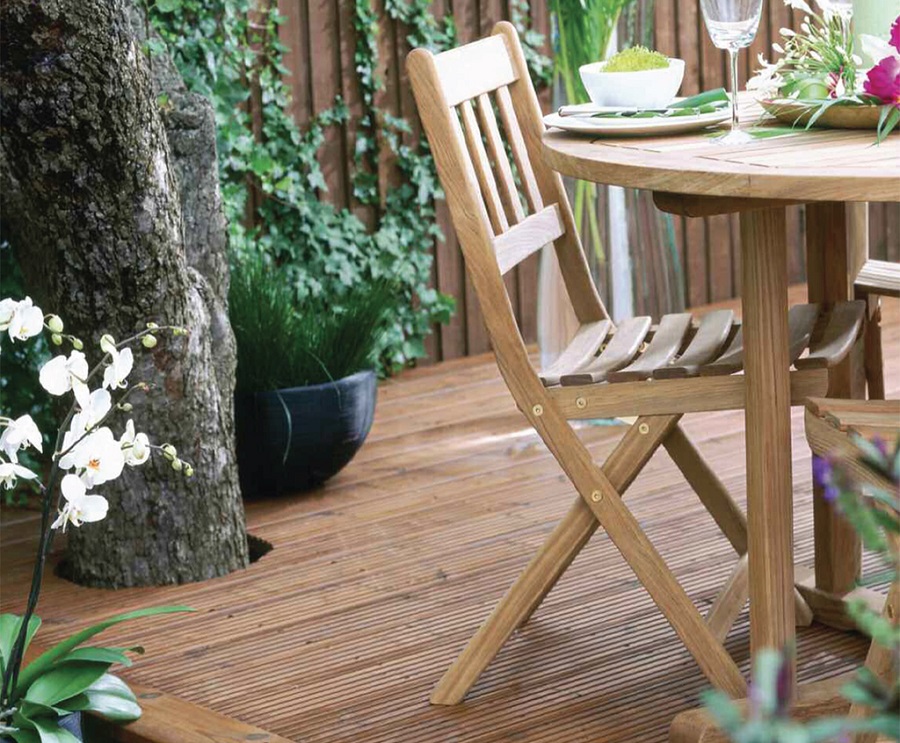
When did the idea of this type of wood
Studies on the possibility of wood acquiring superior properties by modifying it with temperature have been emerging since the 1930s and 1940s. The impossibility of studying the changes taking place in the wood cells as well as the relatively high cost of the installations meant that the studies remained at the laboratory stage.
In the 1990s VTT - the Technical Research Institute of Finland - found the idea interesting and developed it to the point of obtaining a patent for the Thermowood manufacturing process in the late 1990s.
Thermowood is therefore a registered trademark and may only be used by companies that are members of The International Thermowood Association (International Thermowood Association). To become a member of this association you must use patented technology and the finished product must meet certain quality standards. This does not mean that there are no manufacturers of thermally modified wood outside this association, but they are not allowed to use the Thermowood brand.
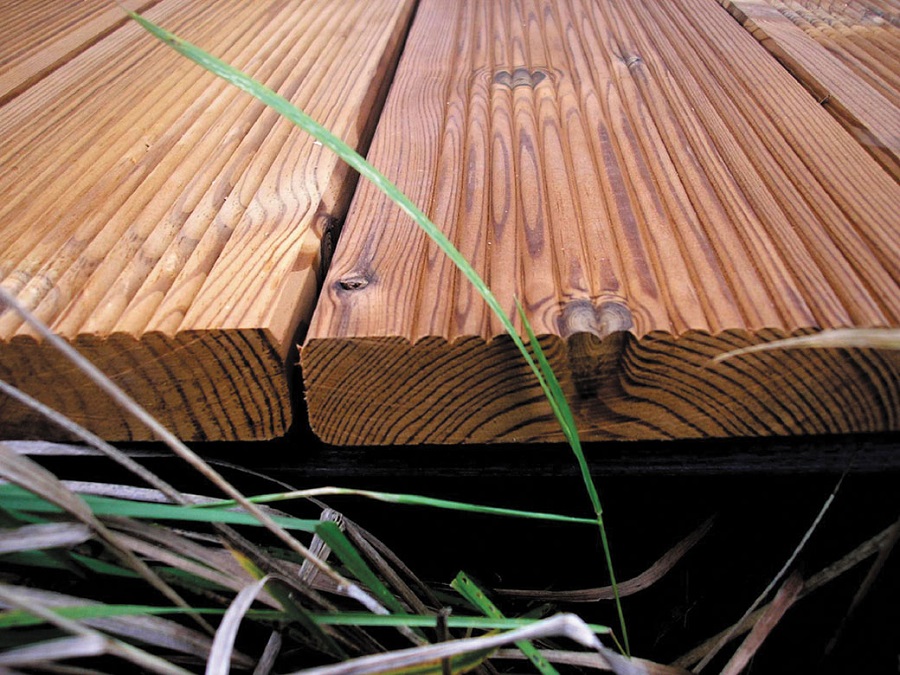
What is the process and what transformations take place inside the wood
The wood thermal modification process goes deep into the wood, acting on the cell wall. It is no longer about steaming to make the wood more elastic and bend it or steaming to even out the colour, as in beech.
This leads to decomposition of the wood hemicellulose and changes in lignin and cellulose. The breakdown of hemicellulose is the reason why wood becomes resistant to attack by fungi, which lose their food source.
The process consists of treating the wood with steam in autoclaves at over 180ºC (reaching almost 250ºC), under pressure and in the absence of oxygen. The process is carried out in 3 stages - drying, actual treatment at high temperature and cooling. The treatment can take several days (2-7) because it depends on many variables: the essence, the thickness of the board, the desired results.
At the end, the equilibrium moisture content of the wood decreases by 5-6 percent to around 6-9%. The colour of the wood darkens and becomes uniform. The colour obtained depends on the duration of the process and the temperature. The wood is perfectly "clean" because no chemicals are used during the process.
Virtually any wood species can be thermally modified. The process is more complicated for hardwoods (hardwoods) because of processes at the cell level.
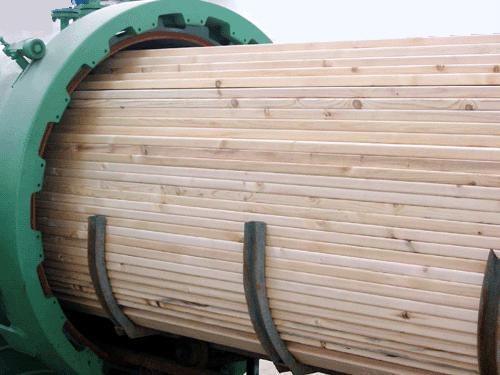
Other treatments with similar effects
There are other ways to thermally modify wood. However, the most widely used worldwide is wood processing using superheated steam.
Very important is that there is a risk of the wood igniting at those high temperatures. That's why there must be no oxygen in the process. While Thermowood uses steam, there are processes that use nitrogen (RetiWood - France) or heated oil (OHT Process - Germany). Regardless of the process used, the steps followed are the same.
Disadvantages
The main disadvantage of the process is the reduced strength of the wood. The attack on the wood cell, and especially on the lignin, causes the strength to decrease by 30%. This is why wood treated in this way is not used as strength wood. In construction it will only be used for cladding, the strength being provided by other types of wood.
Another disadvantage is the difference in colour that can sometimes occur due to the difference in wood composition. Even if it belongs to the same species, the wood can be different depending on where it grows and this can be seen by slight changes in colour.
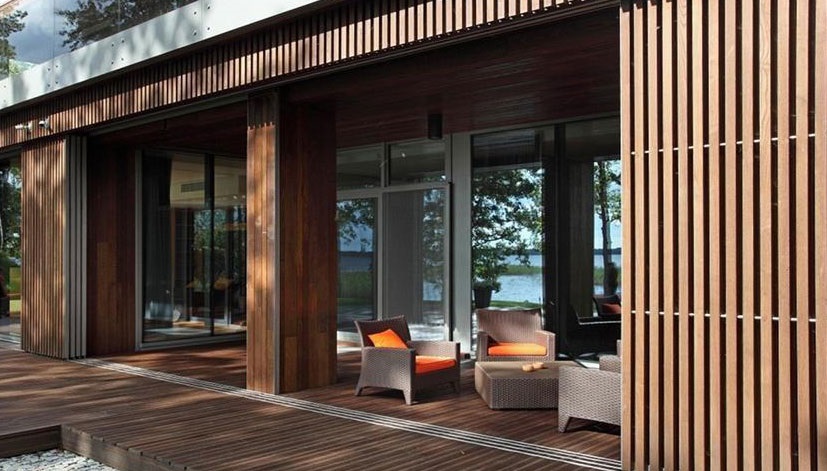
How to finish
Heat-treated wood shall not be used unfinished. Ordinary varnishes, oil or wax can be used for coating. If mounted outdoors and not coated with UV-absorbing products (special outdoor products) the brown colour obtained after treatment may fade.
Wood used in saunas is treated with paraffin oil, possibly with a bath to even out the colour.
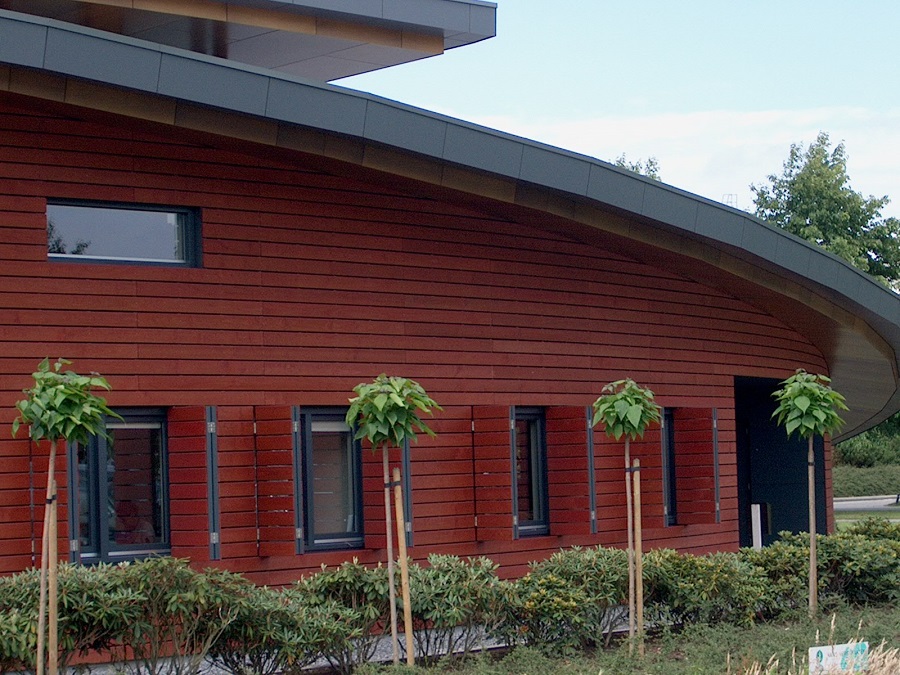

Where it can be used
As we have seen, wood was originally manufactured in Scandinavian countries and was mainly used for building saunas. Its resistance to humidity and constant dimensional stability to variations in temperature and humidity quickly led to its use outdoors, for garden or poolside landscaping, construction of terraces and pergolas or building cladding. In all these areas, exotic wood from Asia, Africa or South America was used, which was much more expensive than thermally modified wood.
But there are also more unusual uses. For example, using it to make guitars sound like old instruments much faster. Such guitars are called Baked Guitar or Roasted Guitar.
You can also find thermally treated wood with us in DIY stores, garden centres or directly from manufacturers.
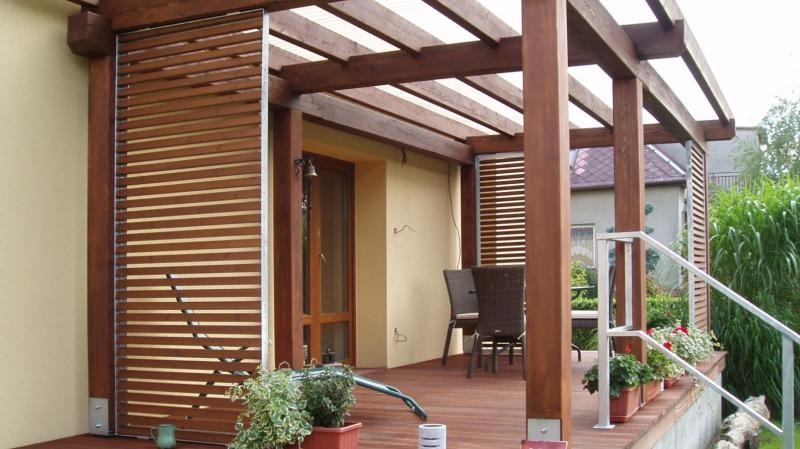
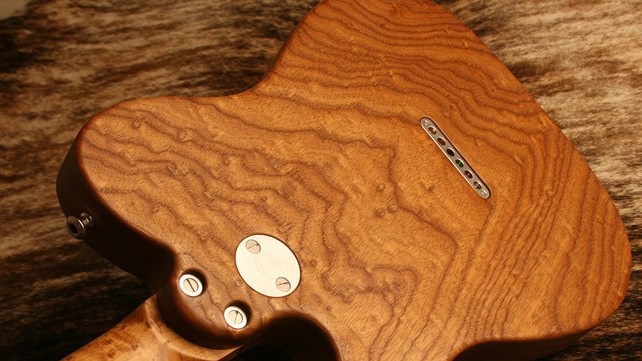

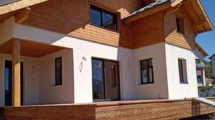
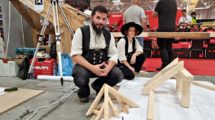
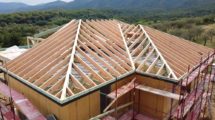
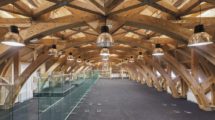
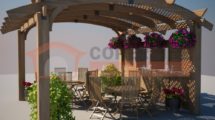
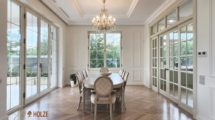




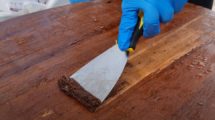


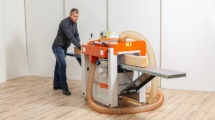

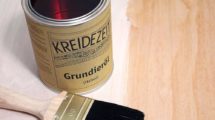







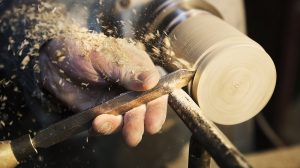
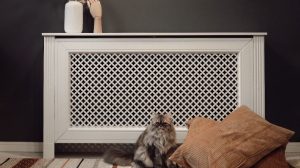



Add comment